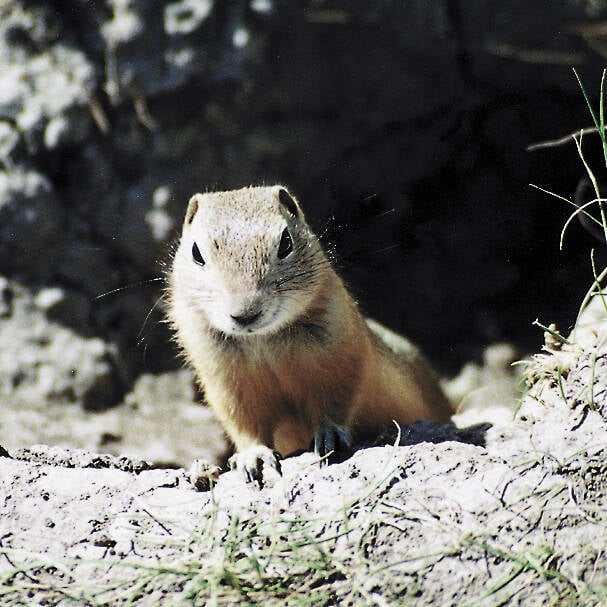REGINA — The Agricultural Producers Association of Saskatchewan wants strychnine reinstated under emergency use provisions.
The organization has asked the federal agriculture and health ministers to “urgently” consider the request.
APAS said there is a significant uncontrolled increase in the population of Richardson’s ground squirrels costing about $9 million a year.
The letter asks the ministers to temporarily approve immediate strychnine use, ensure safety and environmental protection measures, encourage collaboration for effective and environmentally safe alternative and communicate openly with all parties.
Read Also

Extreme rain increases as planet warms
In this issue, we are going to wrap up our look at extreme rainfall by examining the different weather patterns that tend to be associated with these rainfall events.
“APAS recognizes and respects the previous cancellation of strychnine’s uses but underscores the current methods available for ground squirrel management are largely ineffective, impractical or too costly,” it said in its weekly newsletter to members.
Last month, the Saskatchewan Wildlife Federation offered to partner with landowners to have hunters shoot gophers on their property to provide some control.
Strychnine was phased out over several years and banned as of last year after the Pest Management Regulatory Agency re-evaluated the pesticide and said there were risks to non-targets such as birds.
In late June, Alberta’s premier and agriculture minister released a letter calling for its reinstatement, saying farmers and ranchers were in crisis and called gophers a “destructive force across the prairie provinces.”
They said the annual risk to hay and native pasture is more than $800 million.
Alternative products, such as zinc phosphide, exist for gopher control, but many say they aren’t as effective.
















